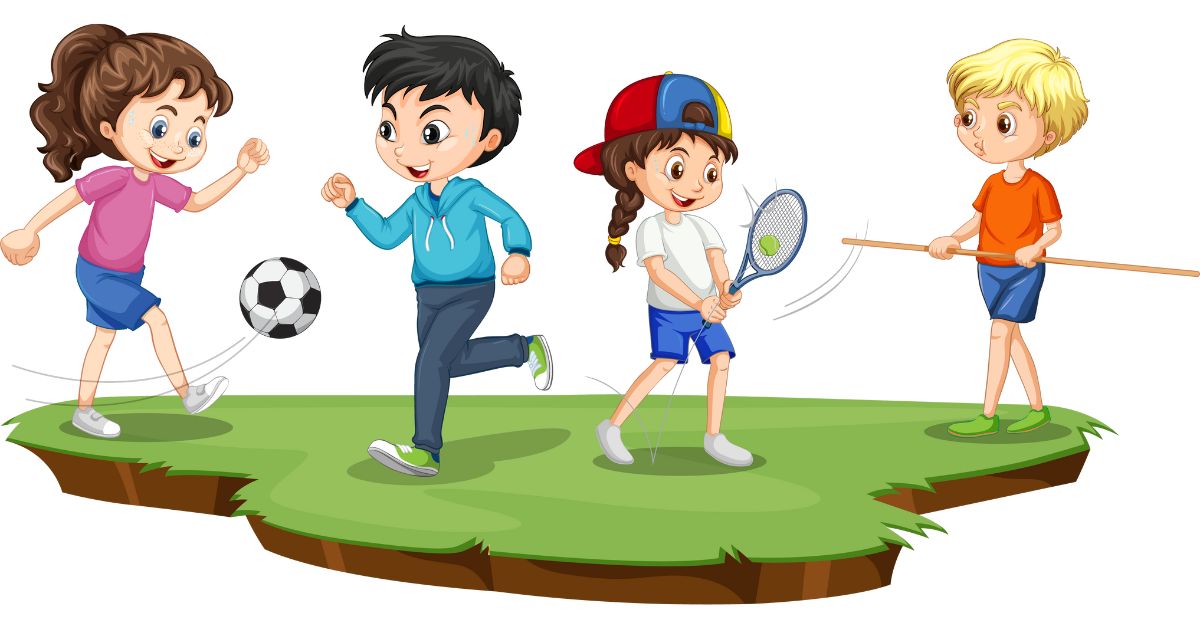While on the face of it, it may appear that your child is busy playing but in reality, there is a lot of work for your tiny tot. “When you asked me what I did in school today and I say, ‘I just played.’ Please don’t misunderstand me. For you see, I am learning as I play. I am learning to enjoy and be successful in my work. Today I am a child and my work is play.” Anita Wadley, in work JUST Playing.
The play is a beautiful four letter word and so is Love. Loving your child unconditionally can do wonders to their personality and self-esteem. ‘Play’ too has the potency to contribute in shaping important life skills such as problem-solving, creativity and innovation and developing mental resilience.
Play need not necessarily translate into getting involved with props or toys. Of course, children can indulge in playing with their favourite toys but it is important that parents view play as an entirely separate entity rather the ‘act of playing’ being dependent on a set of toys. Play goes beyond the boundaries of tangible things. It is a physical, emotional as well as psychological experience for your child. It is allowing them to simply ‘be’. Play is not only pivotal to brain development but also the holistic well-being of a child.
As over-enthusiastic parents we tend to do things for our kids or guide them to places where we want to be, often of course unknowingly over-ride their freedom of choice. ‘Play’ bestows them the freedom to explore the world outside them as well the vast world within them.
Children learn each moment. Even in situations in which we assume they are not. It will be interesting to know that there are different types of Play that children engage in. Next time sit and simply watch them when they are joyfully lost in their worlds:
1. Onlooker Behavior
Observing what other children are doing, they do not join them in the ‘act’ of play, but mind you, they are learning. Let us please not label our children as ‘shy’. Let their eyes be their teachers.
2. Solitary Play
Like the name suggests, kids sometimes love to fly solo. They simply pick up a few things lying around the house like keys, spoons, the remote control etc and sail away into their own world. Being engaged in independent activities gives them ample of freedom to do what they like with what they have without being under the pressure to share their things. It also makes them creative.
3. Parallel Activity
This is one interesting kind of play. Try observing their activity when some kids come to visit your house. They will share their things with the visitors (sometimes we force them to) and play with the same toys but may or may not interact with them
4. Associative Play
This is the kind of Play where kids play in small groups but there are no assigned roles or demarked rules
5. Cooperative Play
This is more like team work. Kids unconsciously decide to work together to complete make a tower of blocks or lego where each member has assigned role and set of responsibilities to follow. Pretend Play too gives them ample of opportunity to learn how to carry out tasks individually as well as be a team player. It also instills in them good leadership skills.
Play opens doorways for children to their open up their imaginative skills, develops cognitive skills, improves agility, strengthens eye-hand coordination and manual dexterity and fortifies physical and emotional strength. Play is children’s bridge to connect to the world out there which one day they will conquer.








